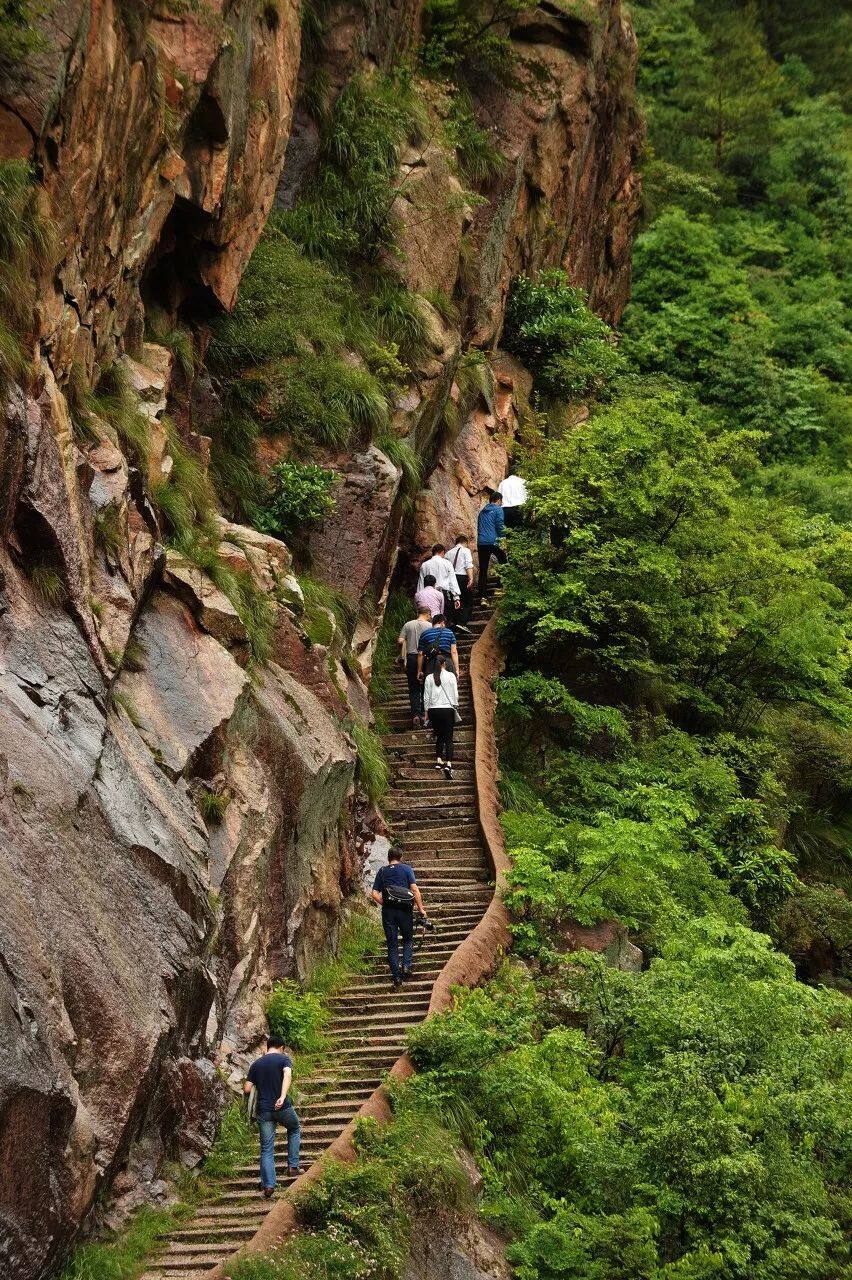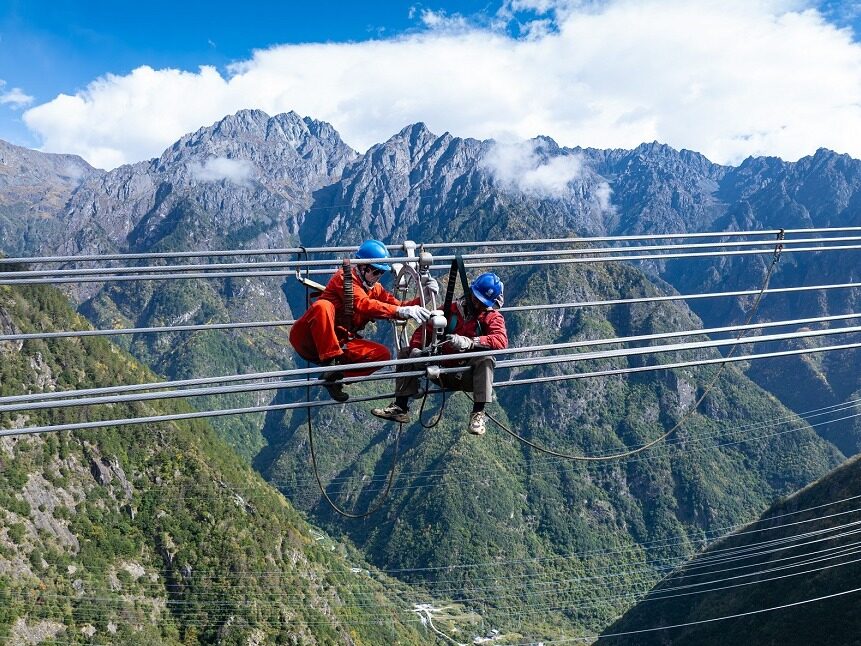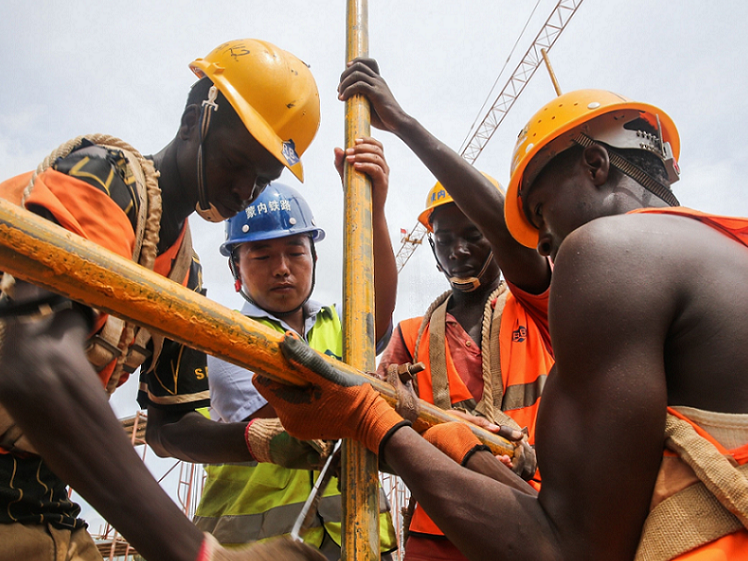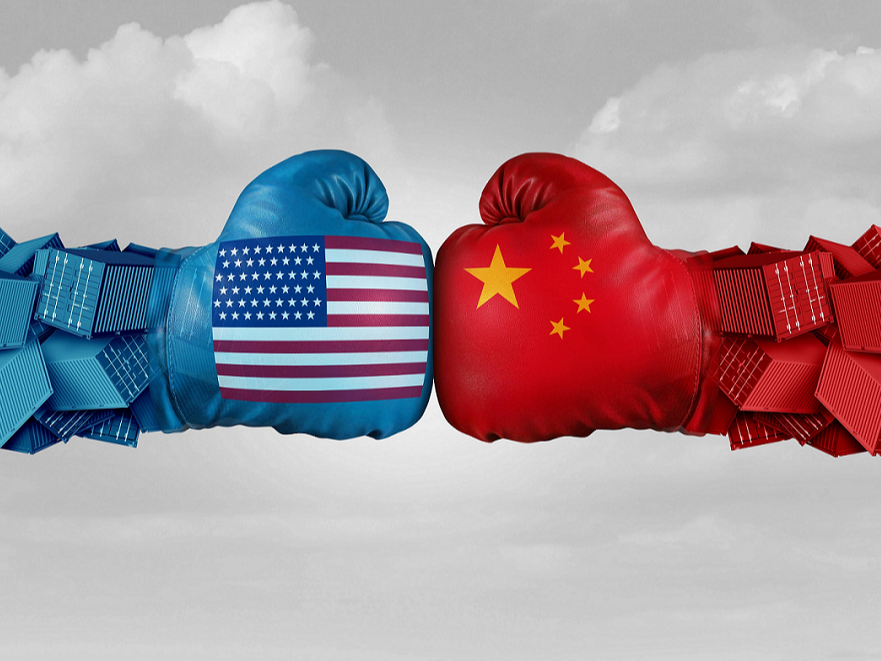- The Huihang Ancient Road, the Silk Road, and the Tea Horse Road are known as the three major ancient roads in China

The ancients often said that a mountain has four seasons and that there are different days in ten miles. This not only refers to the differences in the climate of different regions, but also the cultural differences caused by the barriers of the mountains. In order to communicate with foreign countries, it is inevitable to dig through the mountains. The Huihang Ancient Road hidden in the hinterland of ancient Huizhou is one of the representatives.
The ancient road that has gone through thousands of years
Located in southeastern China, the Huihang Ancient Road, connecting Anhui and Zhejiang provinces, witnessed the most prosperous Huizhou merchants in China during the Ming and Qing Dynasties. Together with the Silk Road in the northwest and the Tea Horse Road in the southwest, it is known as the “Three Three in China”. Ancient Road". With the rise of modern luxury walking style, the ancient and wild Huihang Road, like the green hills and orchids, has become a check-in route for many tourists.

The protagonist of the Huihang Ancient Road is actually Hui, not Hang. Hui means Huizhou, and Huizhou has been known as Shezhou before the Song Dynasty. After the Song Huizong Xuanhe three years (1120), after the Fangla Uprising in the Jiangnan area was put down, Shezhou was changed to Huizhou. In the period of the Republic of China, the name Huizhou has been in use for more than 800 years.

Strictly speaking, the Huizhou we are accustomed to today generally refers to the Huizhou prefecture in the Qing Dynasty, including one prefecture and six counties, namely Shexian, Yixian, Xiuning, Qimen, Jixi, and Wuyuan. Its scope includes today The entire Huangshan City, Jixi County in Xuancheng and Wuyuan County in Shangrao, Jiangxi.

When the Huihang Ancient Road flourished, it has always been a controversial topic. It is undeniable that the history of the development of Huihang Ancient Road is closely related to the rise and development of Huizhou. According to the document "Pictures of Yuanhe Prefectures and Counties" written by Li Jifu during the Yuanhe period of the Tang Dynasty, the Huihang Ancient Road arose in the early Eastern Han Dynasty. During the Eastern Han Dynasty, part of the northern people moved south, prompting the development of the backward Jiangnan area (the area south of the Yangtze River in the Han Dynasty) began to develop. In the Wei and Jin dynasties, with the start of the Five Husbands and Yongjia Nandu, more people from the North moved along the Yangtze and Huaihe Rivers into the Huangshan region of southern Anhui, and then experienced two large population migrations to the south until the Tang and Song Dynasties. , The population of Huangshan area has been fully enriched. Later, advanced production technology began to spread throughout Huizhou, and Huizhou's economy and trade achieved greater development, which also provided a solid material and labor foundation for the rise of Huizhou merchants in the future.
With the increase in population and frequent traffic, new traffic lines are constantly being cut and extended. During the Tang and Song Dynasties, the ancient Huidao was formed and served as an important official post road. According to the "Chronicles of the Ancient Tea Ting Road in Guandong", "In June of the Southern Song Dynasty Baoyou Dingsi (1257), Hu Dan, a native of the city, started to drive along with the mountain. For business travel".
In the Ming and Qing dynasties, after thousands of years of accumulation, Huizhou merchants accumulated a lot and finally stepped onto the stage of history and showed their talents in the middle and late Ming Dynasty. Until the middle of the Qing Dynasty, they became the second largest merchant group in China after Shanxi merchants.
Geographical reasons for the rise
For Huizhou and Jiangnan, the two major commercial centers at the time, the exchange of materials and commercial exchanges became even more necessary, and the Huihang Ancient Road also began to prosper in this state.

From another perspective, why is the commerce of Huihang Ancient Road so developed? This needs to be seen from the topography of Huizhou. Huizhou is located in the mountains of southern Anhui, with Tianmu Mountain in the east, Huangshan Mountain in the middle, and Xianxia Mountain in the south. Moreover, Huizhou has a small land with a large population, inconvenient transportation, and backward production. Xin'an River (upstream of Qiantang River) runs through the whole territory, and the north, west and south are far away from the prosperous land. Only going to the east can quickly reach Nanjing, Hangzhou, Suzhou and other capitals and Dayi, so only through these ancient roads to the east is the best choice to make achievements and make a glorious ancestor.

In the places where the ancient commercial civilization was most prosperous, there were often conflicts between people and land because of the small land and the large number of people. Throughout the entire Qing dynasty, most of the Chinese merchants, such as the Shanxi merchants, Ningbo merchants, Longyou merchants, and Chaoshan merchants, faced the problem of more people and less land. The same is true for Huizhou merchants. Since Huizhou does not have enough agricultural land, it is an inevitable choice to go out for business. This is also the fundamental factor for the rise of Huizhou merchants and the ancient roads of Huihang.

With the emergence of capitalism in the Ming and Qing dynasties and the prosperity of China's foreign trade, more and more people chose to leave their homeland to trade further.
The Huizhou merchants are a typical example. The Huihang Ancient Road connects Jiangnan and Huizhou, the two major economic regions of China, forming a trading system between Huizhou and the richest Jiangnan region at that time. Of course, the business scope of Huizhou merchants is far beyond the Jiangnan region. From the perspective of the space at the time, the business of Huizhou merchants has spread throughout the country and even overseas. Since the Ming Dynasty, on this ancient road to achieve life, there have been outstanding people like Hu Fu, Hu Zongxian, and Hu Shi. Hu Zongxian, the anti-Japanese hero, came out to help the world. If he was poor, he returned to his hometown to cultivate himself and presided over the rebuilding of the ancient road. The red-top businessman Hu Xueyan carried his shoulders along the ancient road and moved from a shopkeeper in Hangzhou to a generation of rich men.
The Huihang Ancient Road is the epitome of the growth and development of Huizhou, and it has witnessed the prosperity of Huizhou merchants. On this small piece of land, Hui merchants who dared to explore and forge ahead were born. Later, with the influx of foreign capital after 1840, the commercial space of Huizhou merchants was greatly compressed, more and more Huizhou merchants went bankrupt, and Huizhou merchants gradually declined. The Huishang Ancient Road, which once prospered, also declined and fell silent. Editor/He Yuting
Comment
 Praise
Praise
 Collect
Collect
 Comment
Comment
 Search
Search














Write something~